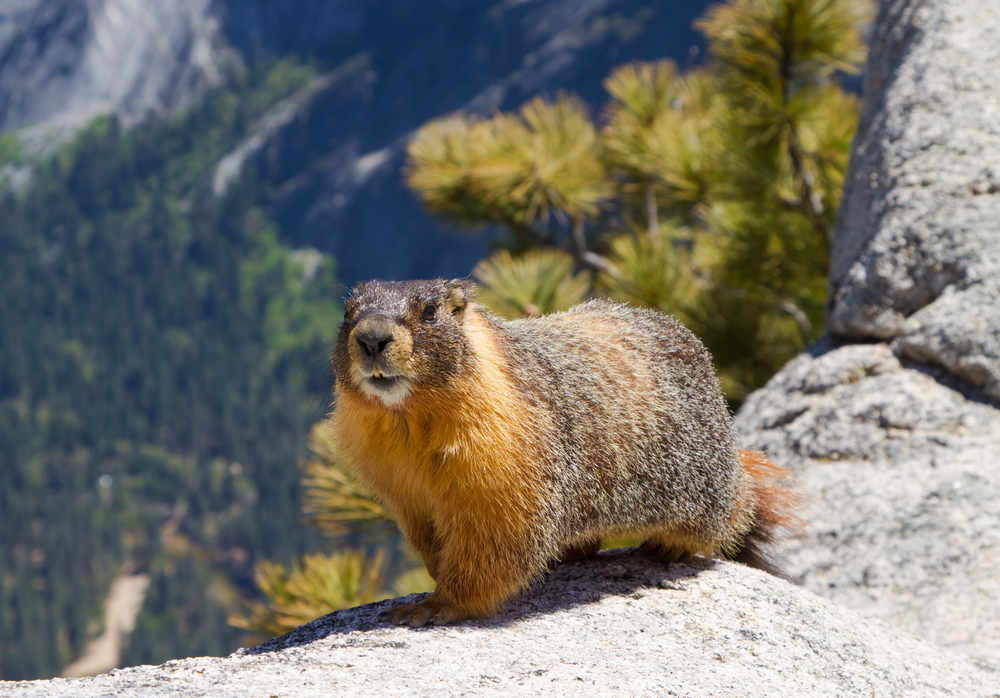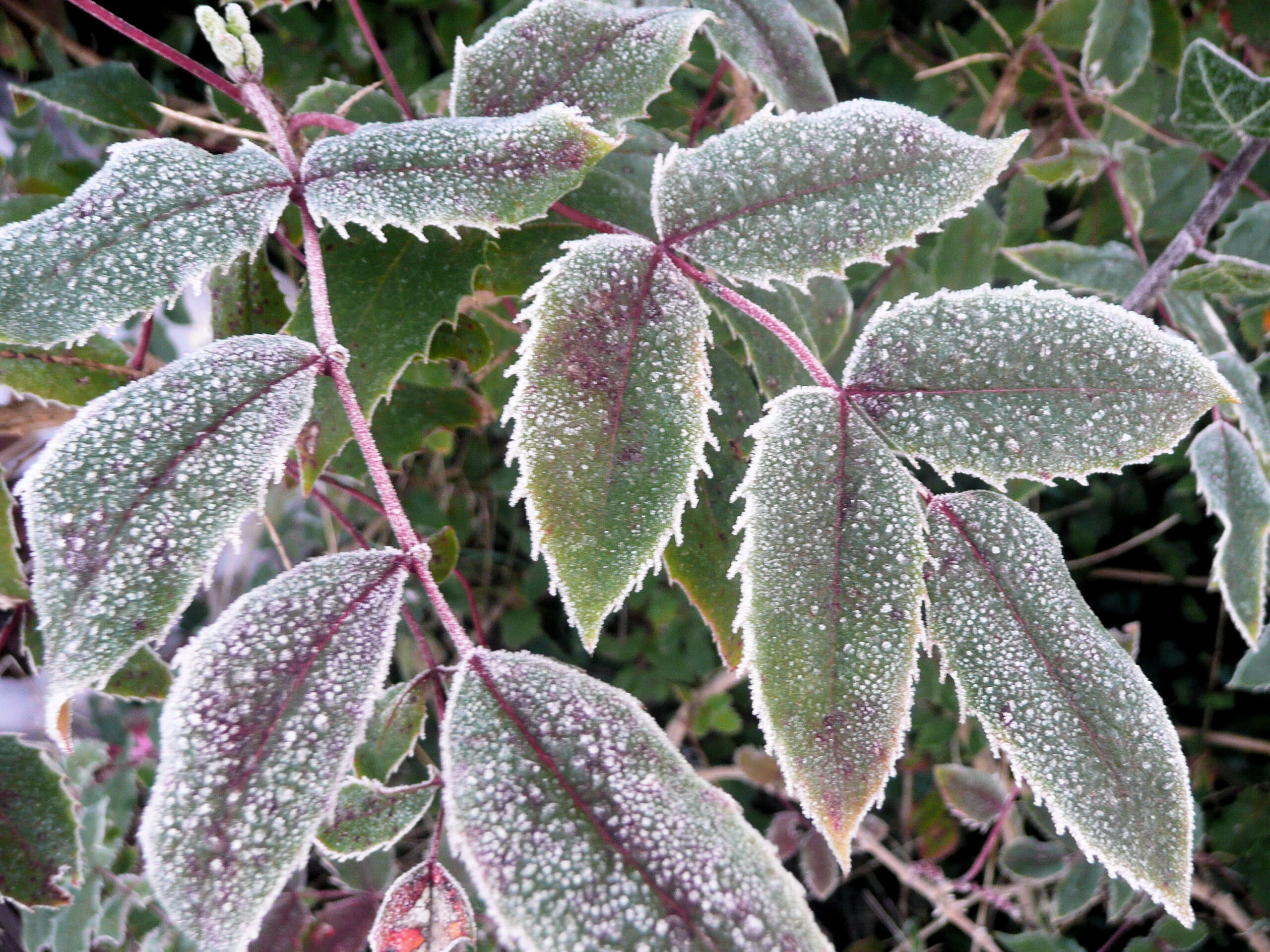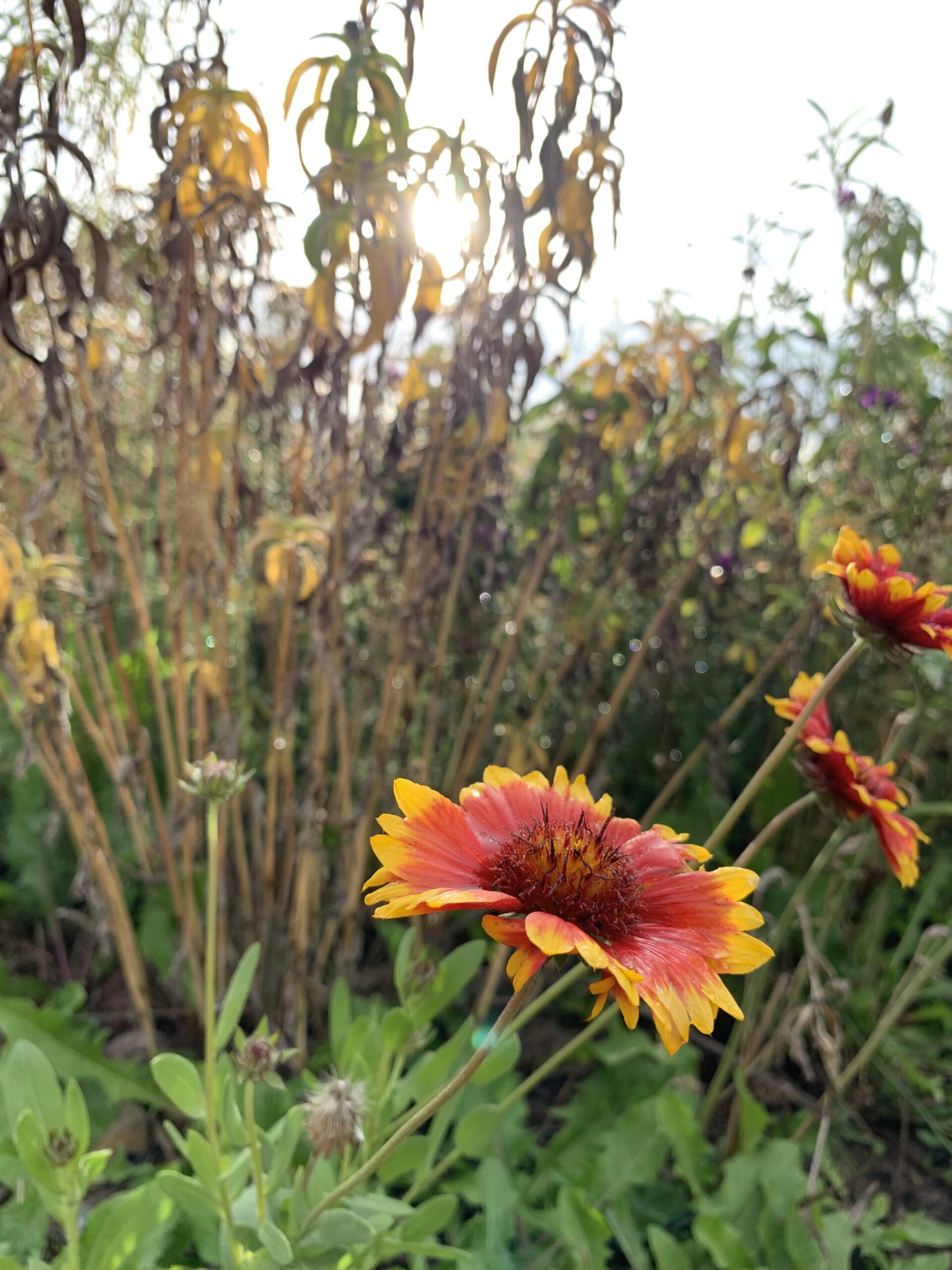By Jessie Walthers, Conservation Program Manager Groundhog Day. Who doesn’t love this most random of…
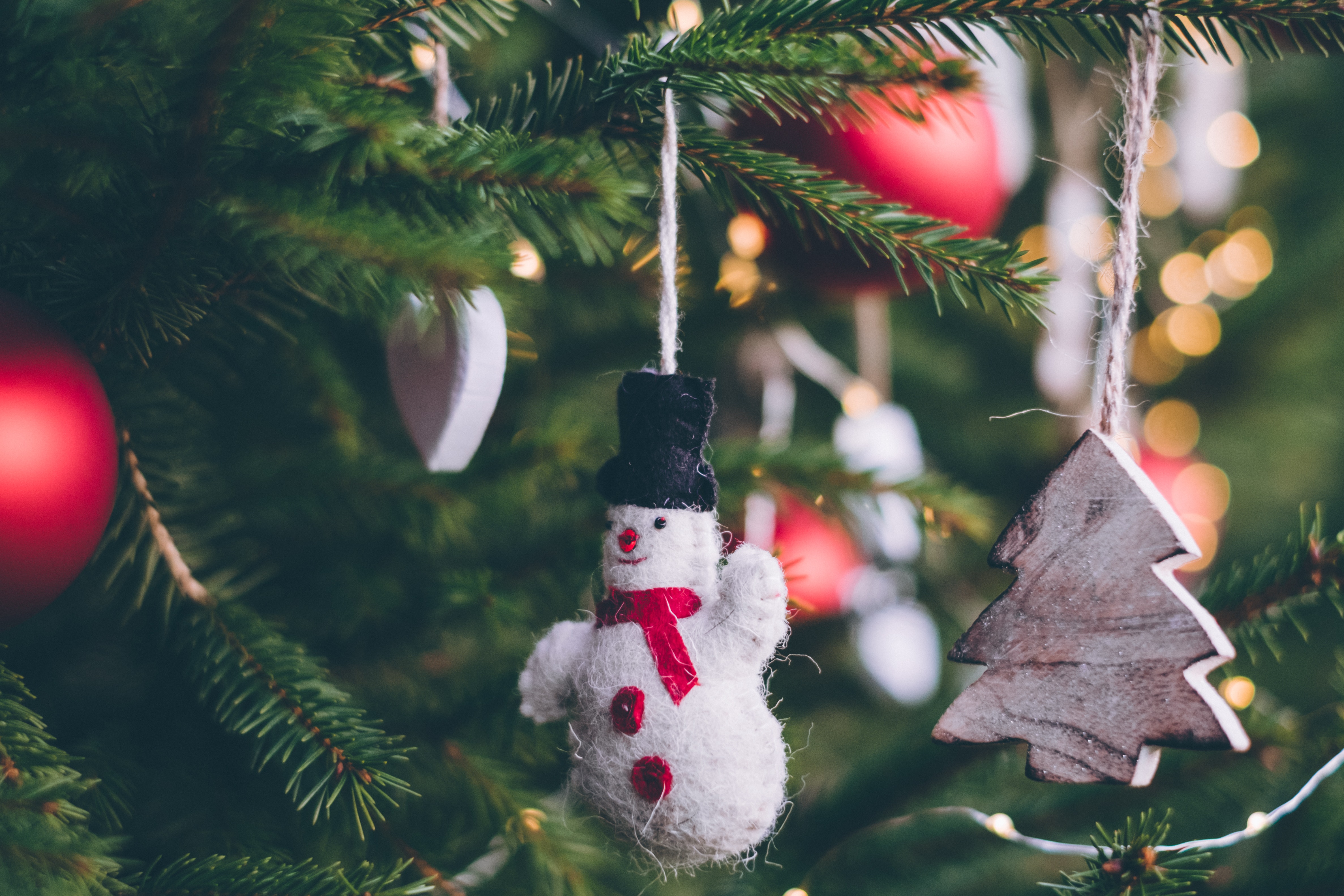
The Surprising Value of a Tree
Decorating your home with trees and wreaths to celebrate the holidays is a tradition that many of us enjoy. But, did you know that using trees as a winter decoration is thought to predate Christmas itself? Evergreen plants and trees were considered lucky by many ancient cultures and they were hung over doorways and hearths to ward off witches, ghosts, evil spirits, and illness. The tradition of bringing a full tree into a home for decoration is thought to have been started in the 16th century by Christians in Germany. While we value evergreen trees today for spreading the Christmas spirit, for a place to put the presents, and for reminding us of childhood, they are valuable in many other ways that may surprise you.
In addition to festively decorating our homes each Christmas season, here are some surprising ways in which trees are valuable:
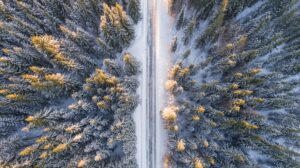
- One acre of forest absorbs six tons of carbon dioxide and puts out four tons of oxygen. This is enough to meet the annual needs of 18 people. – S. Department of Agriculture
- Healthy, mature trees add an average of 10 percent to a property’s value. – USDA Forest Service
- Landscaping, especially with trees, can increase property values as much as 20 percent. – Management Information Services/ICMA
- The planting of trees means improved water quality, resulting in less runoff and erosion. This allows more recharging of the ground water supply. Wooded areas help prevent the transport of sediment and chemicals into streams. – USDA Forest Service
Interested in planting your own trees? We are now taking orders for our Conservation Seedling Program!
To learn more about the history of the Christmas tree tradition, check out this page from the History Channel. Or, check out this Arbor Day Foundation page for more fun facts about the value of trees.

